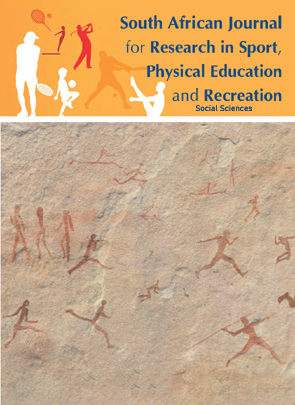RETURN TO PLAY AND PERFORMANCE GUIDELINES IN RUGBY UNION
Main Article Content
Abstract
Models and guidelines on factors associated with the safe return to play (RTP) of an injured athlete have been established, but very limited research has been conducted on components necessary for returning an athlete to their previous level of performance, known as return to performance (RTPerf). The study aimed to establish guidelines applicable to RTP and RTPerf in rugby union. A mixed-methods study design using an e-Delphi survey was conducted to obtain the opinions of medical team members of the Currie Cup rugby unions across South Africa on RTP (Part 1 of the study). In Part 2, medical team members and coaches of the Free State Rugby Union were consulted for RTPerf guidelines. Part 1 of the study comprised a three-step decision-based RTP model used to identify RTP components in rugby. The e-Delphi questionnaire was compiled based on literature analyses and vast experience of the authors. Part 1 involved three steps of integrated guidelines for RTP decision-making in rugby union established by agreement (>80%) (first or second round): Step 1: medical history; Step 2: evaluation of participation risk; and Step 3: decision modifiers. Part 2 focused on components to consider during the RTPerf decision-making process, including psychological readiness, limb symmetry index, acute:chronic training load, external load and internal load. Twelve key performance indicators (KPIs) to measure RTPerf in rugby reached consensus (>80%). The comparison of performance profiles and current KPIs of a rugby player could be used to evaluate the player's performance level and whether they truly achieved RTPerf.

